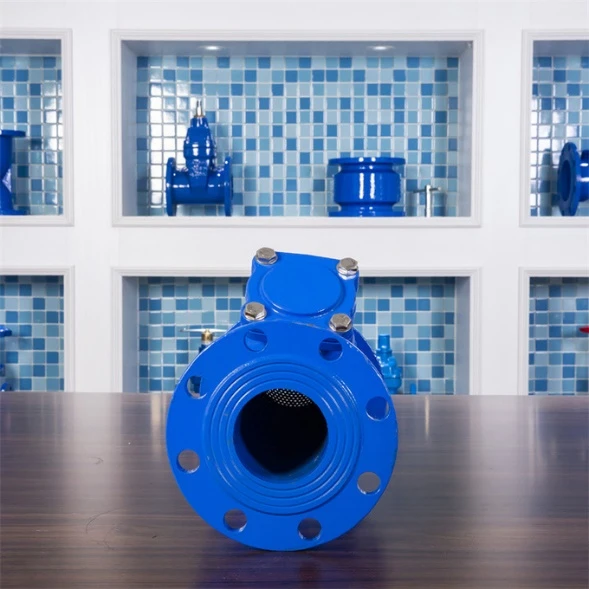Dec . 14, 2024 01:51 Back to list
guide rail types
Understanding Guide Rail Types A Comprehensive Overview
Guide rails, also known as guardrails, are essential safety features commonly used in various applications, including highways, bridges, and even in construction sites. Their primary purpose is to prevent vehicles or individuals from straying from designated paths, thereby minimizing the risk of accidents and enhancing overall safety. With various types of guide rails available, understanding each type's unique features and applications is crucial for effective implementation. This article explores the main types of guide rails, their benefits, and the contexts in which they are most commonly used.
1. W-beam Guide Rails
W-beam guide rails are among the most commonly used types of guardrails on highways and roads. Characterized by their W shape, these rails provide excellent strength and performance in minimizing crash severity. Typically made from steel, W-beam rails can deform upon impact, absorbing energy and reducing the force of the collision experienced by occupants in vehicles. They are often mounted on posts set in concrete or driven into the ground, allowing for adaptability in various terrains.
Applications W-beam guide rails are predominantly found on rural roads, highways, and bridges where vehicles are likely to travel at higher speeds. Their robust design makes them suitable for locations with a significant risk of roadside collisions.
2. Thrie Beam Guide Rails
Thrie beam guide rails are similar to W-beam rails but feature an additional flange, which offers enhanced protection against vehicle intrusion and provides a wider barrier. The extra flange makes these rails stronger, making them ideal for situations where larger vehicles might be involved in accidents.
Applications Thrie beam guide rails are commonly used in situations requiring additional safety, such as areas with high traffic volumes, near construction sites, and locations that experience heavy trucks. Their design reduces the likelihood of vehicles overriding the rail during an accident.
Concrete barrier rails, often referred to as Jersey barriers or K-rail, are solid concrete structures designed to prevent vehicle encroachment into oncoming traffic lanes or critical zones. Unlike metal guide rails, concrete barriers do not deform and provide an immovable barrier that significantly reduces the likelihood of vehicles crossing into dangerous areas.
guide rail types

Applications Concrete barriers are frequently used in urban areas, construction zones, and high-risk accident sites where vehicle collisions are anticipated. Their weight and stability make them suitable for mitigating the risk of intrusion effectively.
4. Cable Guide Rails
Cable guide rails consist of tautly strung cables anchored to posts and are designed to absorb impact while flexibly redirecting vehicles back onto the roadway. The flexibility of cable systems can often help to minimize the forces transferred to vehicles, contributing to a reduced risk of injury.
Applications These types of guide rails are ideal for hilly or mountainous terrains where space is limited and flexibility is crucial. Cable guide rails are also popular in areas that require a minimal visual obstruction while maintaining safety.
5. Rigid Guide Rails
Rigid guide rails are more robust and less forgiving than flexible systems. Typically made of steel or reinforced materials, rigid guide rails do not yield upon impact, which can mean higher forces on the vehicle but is appropriate in situations where space constraints prevent vehicle deflection.
Applications Rigid guide rails are used in areas where space is limited, such as near bridges, overpasses, and tunnels. Their design allows for close placement to the roadway, making them suitable for high-density areas.
Conclusion
The choice of guide rail type is a critical aspect of road and site safety design. Each type—whether W-beam, Thrie beam, concrete barriers, cable systems, or rigid barriers—serves specific purposes based on location, traffic conditions, and potential hazards. Understanding the strengths and limitations of each type allows engineers, planners, and safety professionals to make informed decisions that enhance safety and promote efficient traffic flow. Prioritizing safety measures through effective guide rail implementation can significantly reduce accidents, saving lives and preventing injuries on our roads.
-
Why Metric Trapezoidal Thread is Ideal for Precision Motion ControlNewsAug.05,2025
-
The Unique Properties of a Block of Granite for Industrial UseNewsAug.05,2025
-
The Role of Flanged Y Strainers in Preventing Pipeline ClogsNewsAug.05,2025
-
The Importance of Regular Calibration for Master Ring GagesNewsAug.05,2025
-
How a Cast Iron Surface Table Enhances Accuracy in ManufacturingNewsAug.05,2025
-
Comparing Different Check Valve Types for Optimal Flow ControlNewsAug.05,2025
Related PRODUCTS









